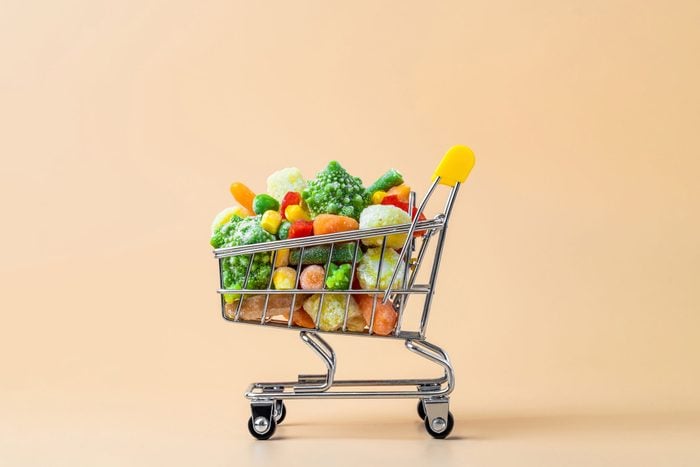
Off-brand items you’ll love just as much
With the rising cost of living, high grocery-store markups and inflation, shoppers are searching for new ways to save money. Yes, you could learn how to coupon or start a budget grocery list—and you should do both of those things. But if you’re always buying name-brand products instead of giving off-brand items a try, you’re throwing away money, according to money experts.
Not only are off-brand items cheaper than their name-brand counterparts, but they’re often just as good. Aside from random “generic” items, Target has its own brand called Up&Up, Walmart has Great Value, and even Costco has Kirkland. According to the Private Label Manufacturers Association (PLMA), these store brands meet the same requirements and standards as the name-brand ones. And consumers are taking notice. The PLMA also reports that sales of store brands rose last year by 11.3%, about double the growth of branded products, which grew by just 6.1%.
When you save on these kinds of off-brand items, you have more money to spend on other products. “I like to keep my monthly grocery bill within budget,” says chef and blogger Nosheen Babar, “so I buy generic brands where I feel the quality is not compromised and save my extra dollars for things like meat and toiletries, where I am particular about the product.”
So what’s worth it and what’s not? These are the 10 things money experts often buy generic to save big.
Get Reader’s Digest’s Read Up newsletter for more money-saving tips, humor, cleaning, travel, tech and fun facts all week long.
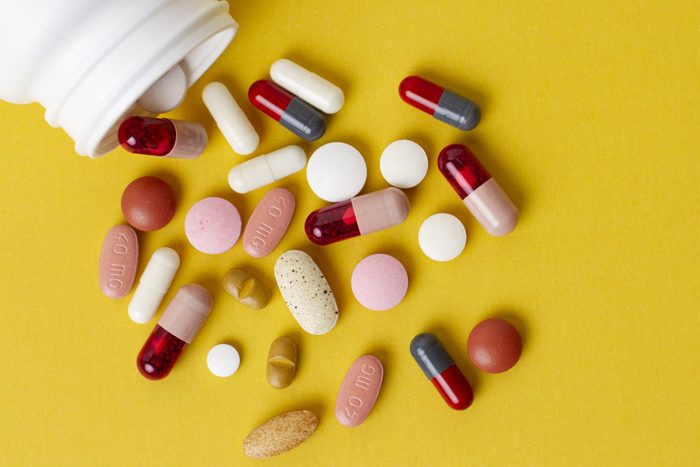
Over-the-counter medication
Savings: About 30%
You might think a trusted name-brand medication is the only way to go when it comes to treating aches, pains or allergies. But experts say the FDA’s stringent approval process ensures that both name-brand and off-brand drugs pass muster, says Angeli Gianchandani, a practitioner in residence at Pompea College of Business with University of New Haven.
So why are generic drugs more affordable? Because their manufacturers don’t have to repeat the clinical trials that the name-brand version already did. Plus, when several generics are approved for the same drug, there’s more competition (something encouraged by the 2017 Drug Competition Action Plan), and this further lowers prices.
Consumer-savings expert Andrea Woroch says that, on average, you can save about 30% with generic over-the-counter drug brands. For example, Children’s Motrin costs $8.49, while the CVS brand rings in at $6.99. Similarly, allergy medication Zyrtec costs 67 cents per 10 mg pill, while the generic Amazon brand is just 4 cents per 10 mg pill. Those savings will add up quickly! Here are more affordable Amazon bestsellers you need in your life.
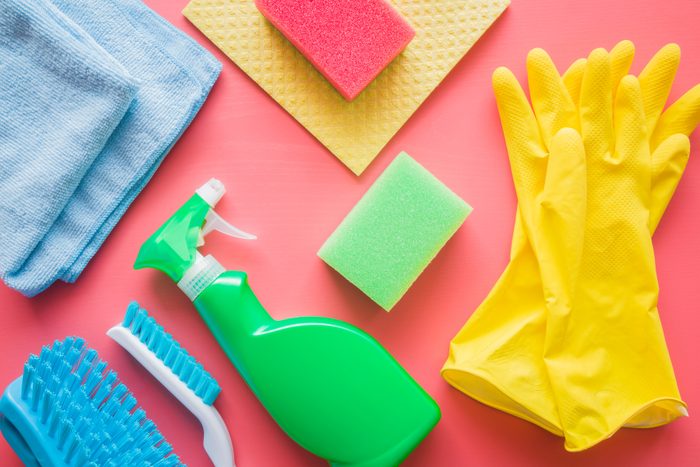
Cleaning products
Savings: 30% to 60%
Unless you absolutely need the scent of Gain on your clothing or are exceedingly loyal to Lysol, the generic versions of everything from laundry detergent to window cleaners will save you big—up to 60% less.
“Take bleach, for example,” Woroch says. “The active ingredient in this cleaner is sodium hypochlorite, and this basic chemical compound is produced the same regardless of who manufactures it. Given that generic bleach has the same disinfectant and cleaning power as name-brand bleach with an average savings of $1 per bottle, the generic version is definitely the better option for your wallet!”
Babar has noticed the same for Lysol wipes, which are $2.50 more than the Walmart-brand wipes. This saves her $10 a month on that product alone. Of course, you can also craft your own homemade cleaners to keep things affordable.
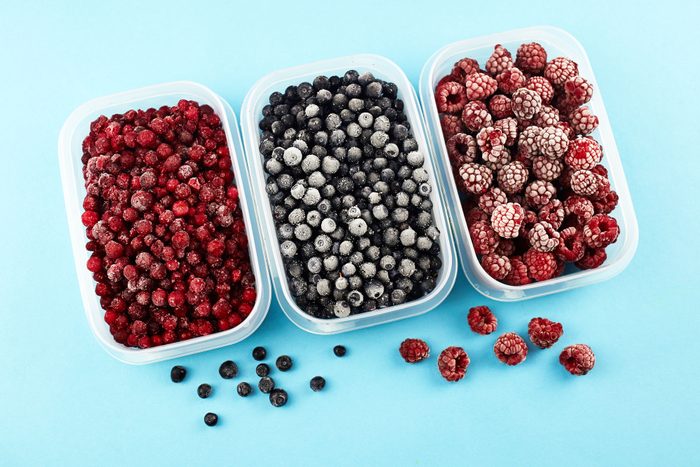
Frozen fruits and veggies
Savings: 30% to 50%
Frozen foods last, so it makes sense to stock up on them. Babar opts for off-brand items when it comes to frozen fruits and vegetables, which have the same ingredients as their branded counterparts … but without all the fancy labels and packaging. Flash-frozen at the peak of their freshness, these healthy (but cheaper) items will still be delicious and nutrient-packed months later.
“Once cooked, I find no difference in the taste or texture of the frozen produce,” Babar says. And she knows her food. As a chef, she’s highly selective, and she also knows how to scan a label to ensure she’s not getting a product with unnecessary preservatives. Buying these sorts of frozen items is actually a common secret chefs use to save money.
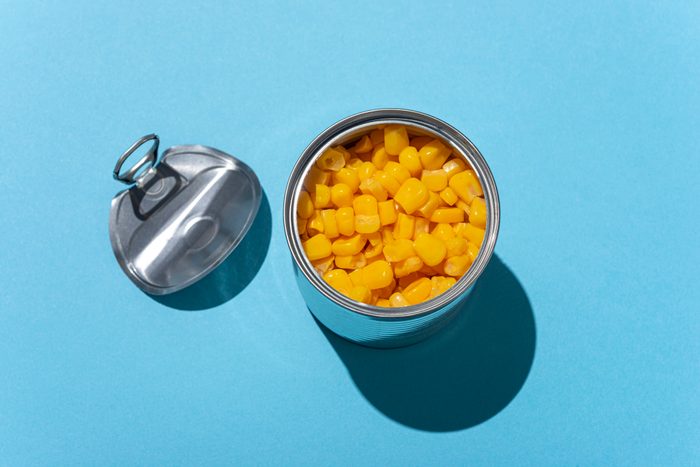
Canned goods
Savings: 40% to 60%
If you don’t mind the way a label looks, you can save a lot of money at the grocery store by opting for the brands you’ve never heard of. “The brand name has a higher price point—from 40% to 60% higher—because it accounts for the marketing and advertising of the product,” says Gianchandani. That’s why you can get a can of chickpeas for just 78 cents from the Great Value brand, while you’ll pay $1.44 for a can of Goya.
“While this difference seems small at only $0.66, the overall savings when you do weekly or monthly groceries can be significant,” Babar says. “Factors such as family size and how often you cook are definite factors in choosing between the two options.”
Just be sure to read and compare the labels. Studies have shown that some off-brand food items are higher in fat, sugar and salt compared with name brands—but the opposite can be true too. “Bush’s chickpeas lists a preservative called calcium chloride, which the Walmart brand doesn’t. The Goya brand of black beans has 11% more sodium than the generic Walmart brand,” Babar says. “While this may not be the case with all products, for me, it rules out the fact that generic versions are somehow less nutritious because they’re cheaper.”
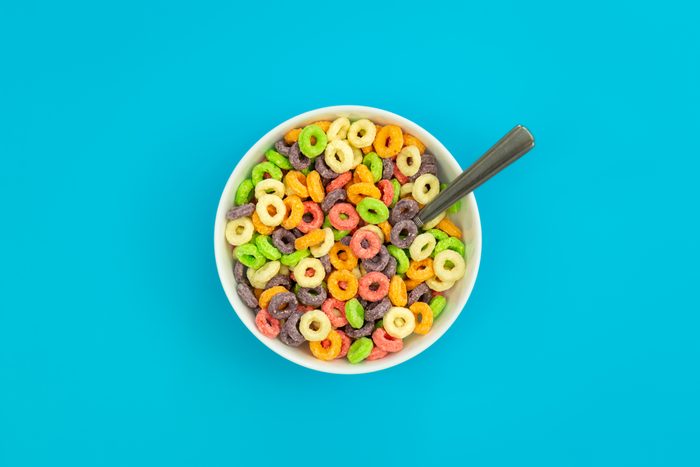
Boxed foods
Savings: 30% to 40%
Here’s a little-known fact about generic foods: Many, including cereal, are made by the same manufacturers as their brand-name counterparts. “Buying generic products like flour, oats, rice, beans and spices will have little impact, as these products are usually made by the same manufacturer,” says Gianchandani. “Consumers will generally not be able to tell the difference in quality and taste, yet will benefit from the savings.”
That said, sometimes you may want to splurge. Babar, for example, prefers specialty-brand pasta and rice because she’s noticed a difference in the size and texture of the product. The generic brands may also take more time to cook and may have more broken pieces in the box. “The taste is OK, but for presentation’s sake alone, I prefer the branded pasta when cooking for a special occasion and guests,” she explains. “And branded rice is superior to generic. The grain is longer, the aroma is stronger and it cooks better. I usually keep a generic for day-to-day use and a branded rice for special recipes and occasions.”
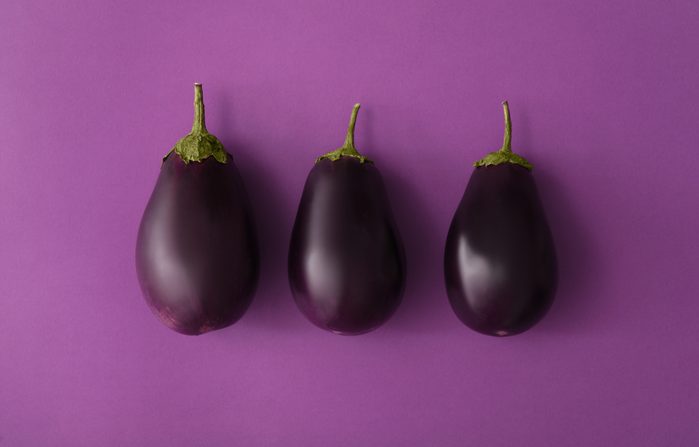
Fresh produce
Savings: 10% to 20%
You probably recognize brands like Driscoll Berries, Dole Bananas and Cascadian Farms from the grocery store. But Babar saves at farmers markets, and not just because of the straight-up prices. “Produce is often prepackaged at the supermarket, and some pieces might be good quality but others are not,” she says. That ends up contributing to waste because you can’t use those products. Instead, if you’re hand-picking items, you can choose the pieces you want and only the amount you can reasonably consume.
“I can find three different varieties of eggplants in various sizes at the farmers market, but I usually only find the large purple eggplants at the supermarket and don’t always need that much for my recipe,” she explains. “This results in the wastage of products and unnecessary dollars spent at the store.”
Plus, at a farmers market, you’re buying direct from the farmer and when the food is in season. As a result, they can offer these items for up to 20% less because they don’t have to worry about transporting them or marketing them—and they have lots of them.
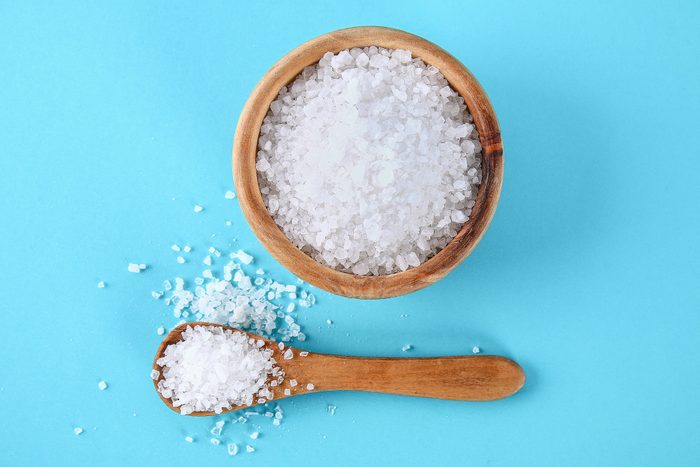
Sugar, salt and spices
Savings: $1–$6 depending on the spice
Spices, fancy sea salts and whole peppercorns can be expensive, but Babar notes that if you buy off-brand versions of these items, you likely won’t notice a difference in flavor or quality. Even better, buy them at a specialty store. “As a professional food blogger in a very specific niche (South Asian cuisine), I source my spices from wherever I can find them,” Babar says. “The cheapest place is actually South Asian stores, where you can get them in bulk at excellent prices.”
The same can be true for common products such as salt. A 26-ounce container of Morton Salt costs $4.50. Walmart’s Great Value brand is just 72 cents for the same amount. Yes, you read that right!
One caveat: Keep in mind that spices can go bad or lose their potency over time, so buying in bulk might not be the right choice for home cooks. If you’re shopping at a grocery store, just shop the off-brand versions whenever possible.
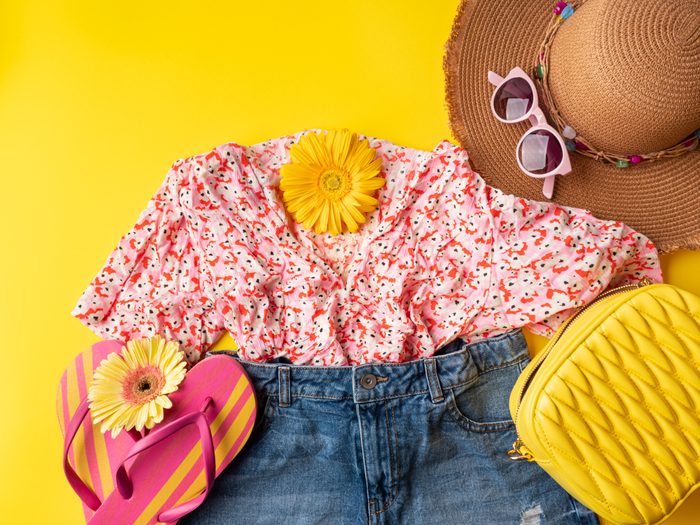
Clothing
Savings: Up to 80%
Jodi Smith is an Oklahoma-based content creator who shares tips for finding affordable dupes of branded clothing on Instagram. She finds many of her off-brand items through Amazon, by searching for the branded items first. She especially likes to shop for products similar to those by Lululemon and Free People. “You’re not going to be able to match the quality of brands like Lululemon,” she says, “but you can get the look.”
Smith’s favorite pair of Lululemon leggings retail for $128, but her Amazon dupes—which are nearly identical—are just $28. “My dupes from Amazon have held up really well,” she notes. “Not as well as Lulu, but the quality is pretty darn good for the price point.”
Gianchandani agrees this is one area where you can save if you’re just looking to get in on the latest fashion trend. “There are many options for those looking for great value, with similar styles at a fraction of the cost,” she said. “Gen Z has also leveraged TikTok Dupes, which spotlights influencers who share their findings on affordable alternatives while saving money.”
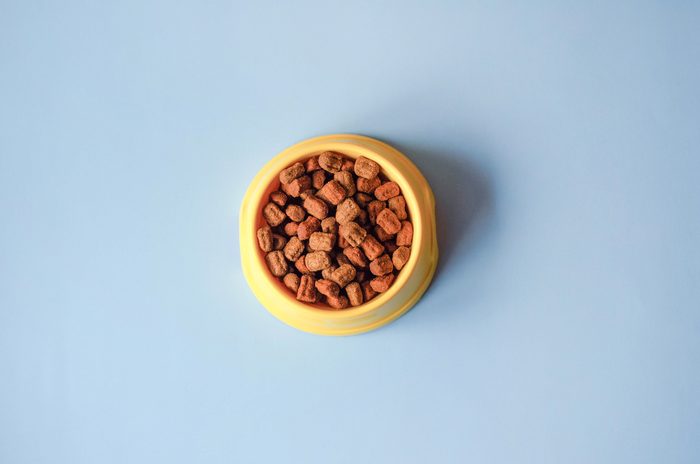
Pet food
Savings: 50% to 60%
Big-box membership stores often have in-house brands of dog and cat food with great ingredients at cheap prices. “The average bag of dry kibble vs. a premium brand name can amount to more than 50% to 60% higher,” says Gianchandani.
Just be aware that unlike over-the-counter drugs, there’s no agency like the FDA keeping an eye on what we feed Fido. “When it comes to brand vs. generic with pet food, the ingredients are important,” she adds. “In fact, there is no universal standard for manufacturing pet food [at all]. Therefore, it is important to read the ingredient labels to ensure it is safe for your dog, whether it is generic or a brand name.”
If you find a suitable option after comparing ingredients, the savings can be big. A 34-pound bag of Purina Pro Plan Chicken and Rice for large-breed dogs is $71.98 at Chewy.com. But the Costco Kirkland brand is $49.95 for a 40-pound bag of its chicken, rice and vegetable blend.
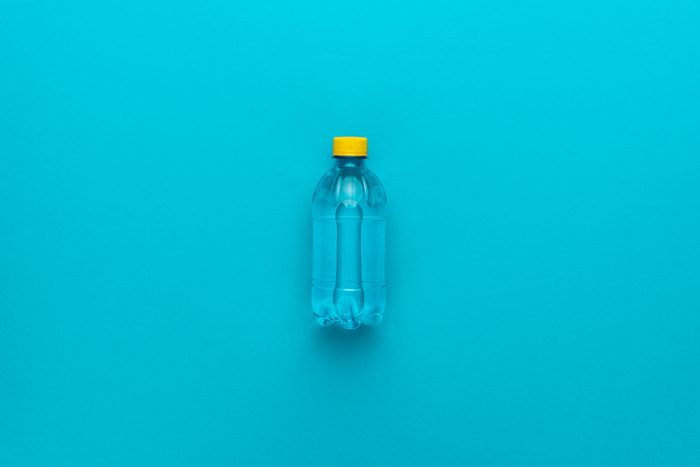
Bottled water
Savings: Up to 80%
If you frequently buy bottled water to take to soccer practice or to have on hand for parties, you could be saving several dollars per bottle if you opt for generic versions. “The pricier brands, such as Fiji and Poland Spring, usually have prettier labels and sturdier plastic bottles than the cheaper brands,” says Babar. “However, when you’re looking at a price of $31 for a case of 40 bottles of Poland Spring versus $5.36 for a case of 40 bottles of the Walmart brand, I personally don’t care about the packaging. That’s a huge saving on my grocery bill for a pretty standard product, in my opinion.”
Plus, in many cases, branded bottled water might have additives like electrolytes and undergo reverse osmosis purification processes for improved taste, spiking the price. But off-brand water is just as healthy for you. After all, it’s just water!
About the experts
- Nosheen Babar is the owner and CEO of Untold Recipes by Nosheen.
- Angeli Gianchandani is a practitioner in residence at Pompea College of Business with University of New Haven. She teaches MBA and undergraduate courses in brand marketing, consumer behavior, sales negotiation and business ethics.
- Andrea Woroch is a consumer-savings expert who specializes in helping women take control of their families’ financial futures.
- Jodi Smith is a content creator and influencer based in Tulsa, Oklahoma.
Sources:
- Private Label Manufacturers Association: “Store Brand Facts”
- CNET: “Ever Wonder How Much Cheaper Store-Brand Groceries Are? We Did the Math”
